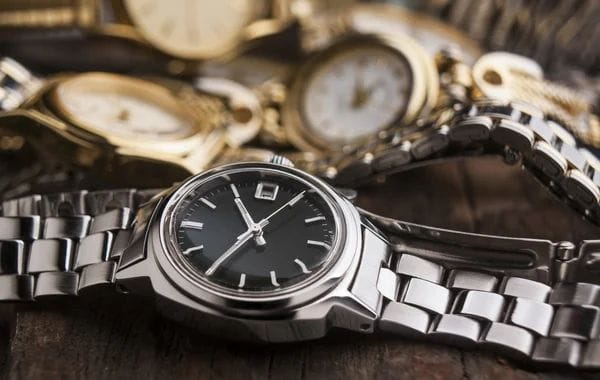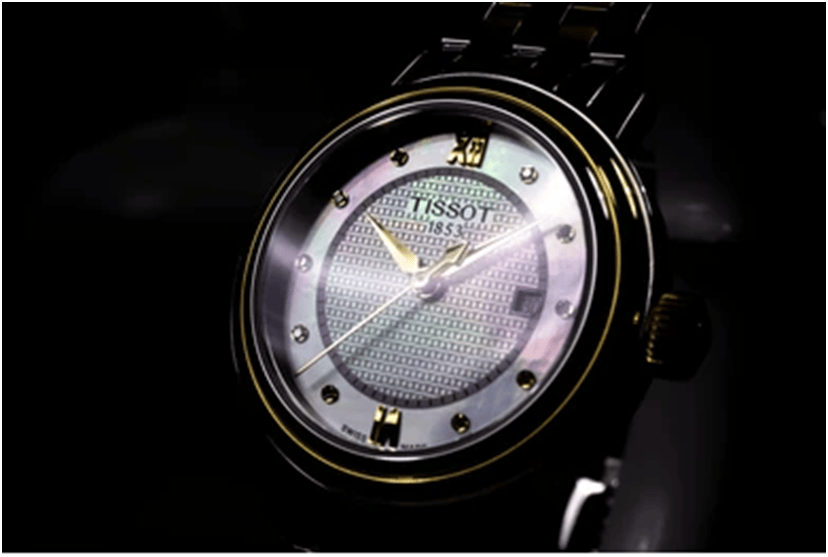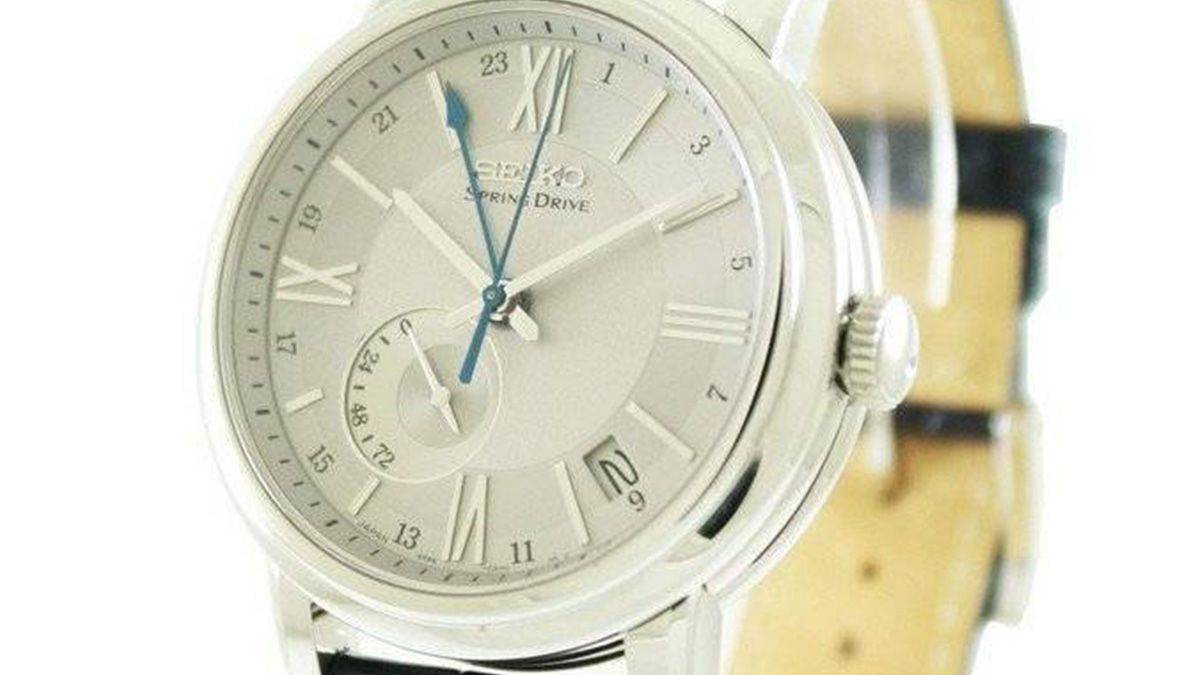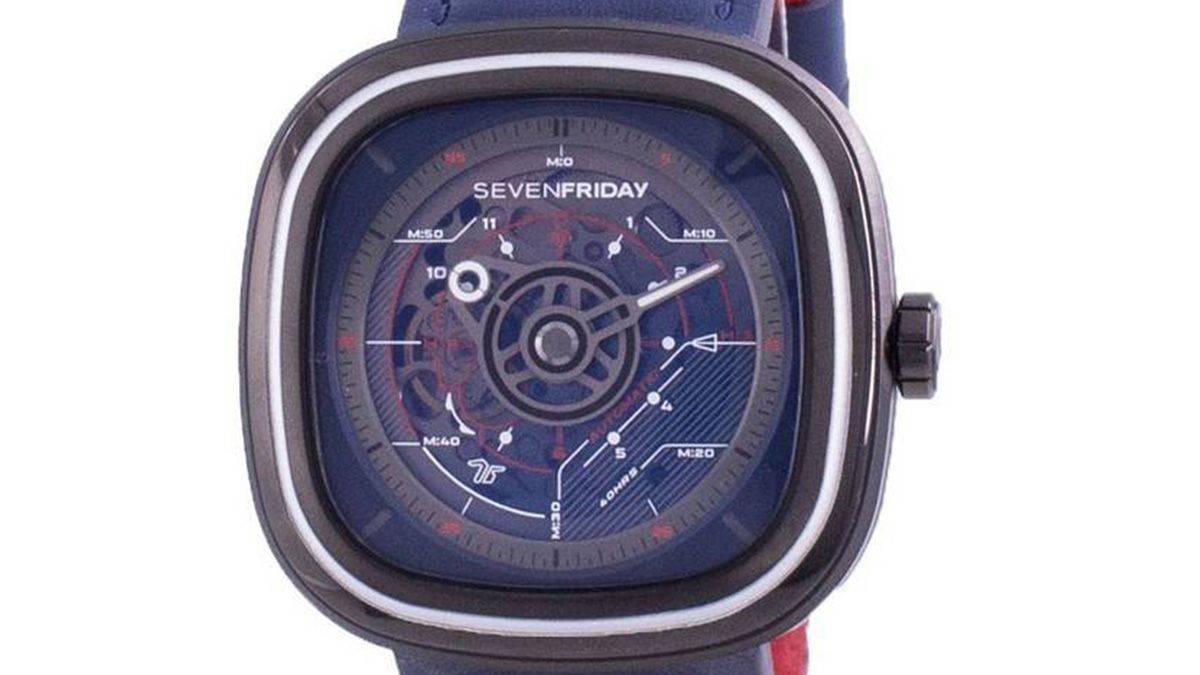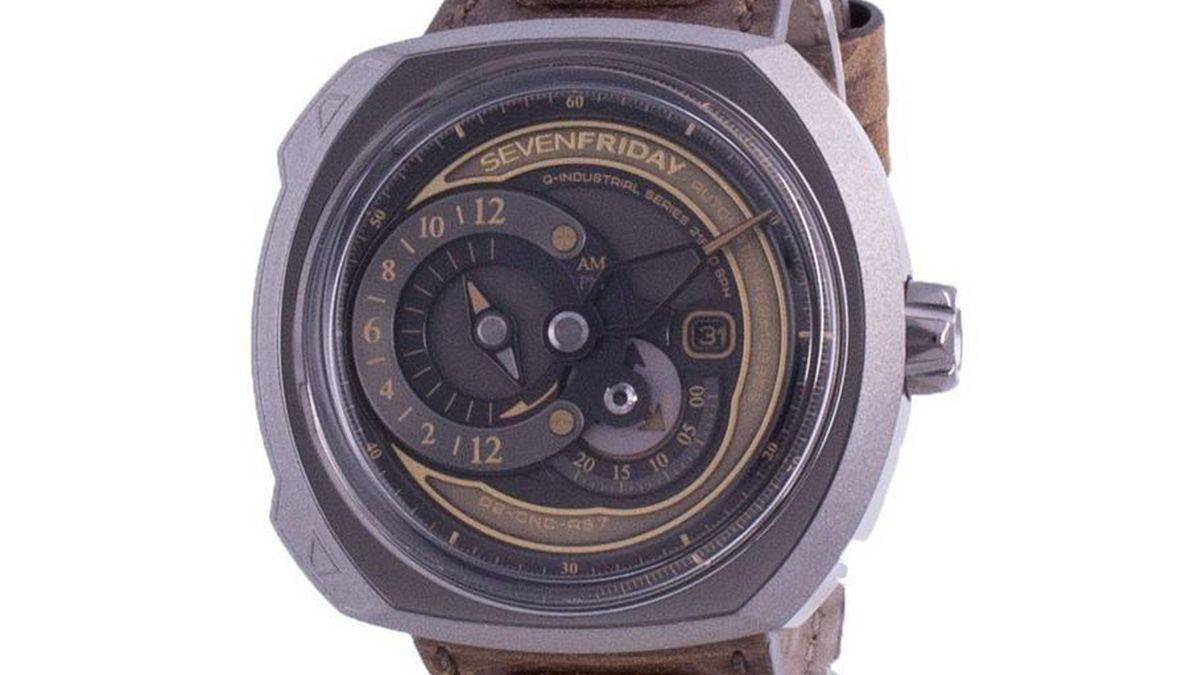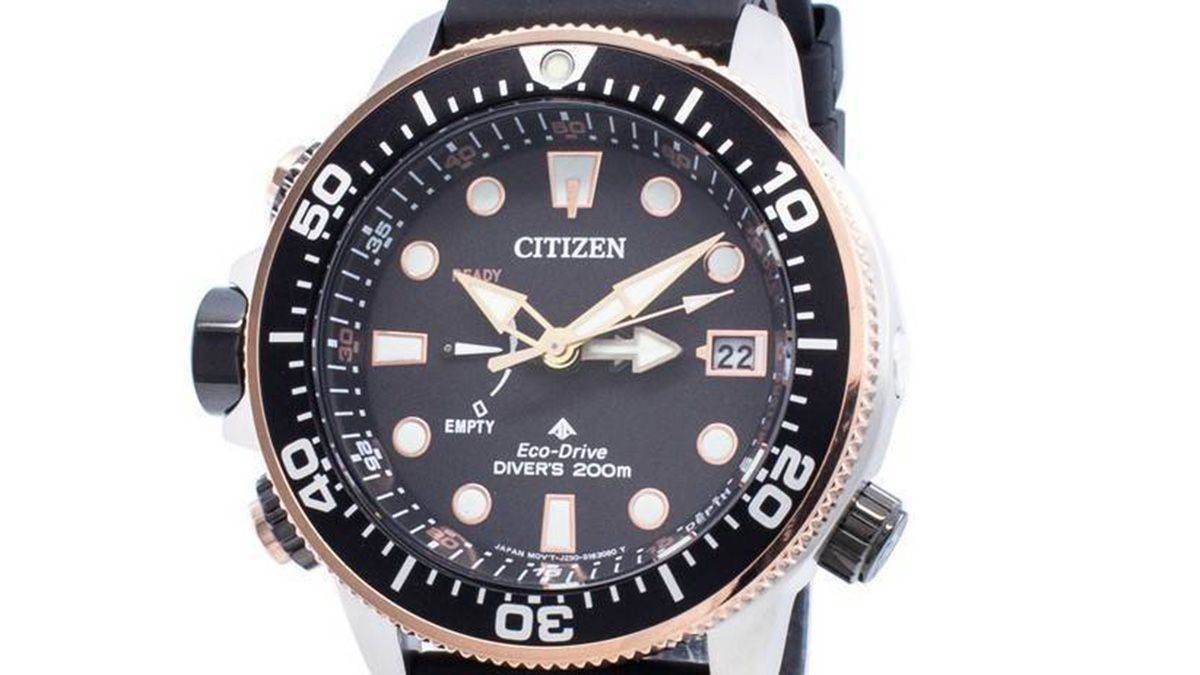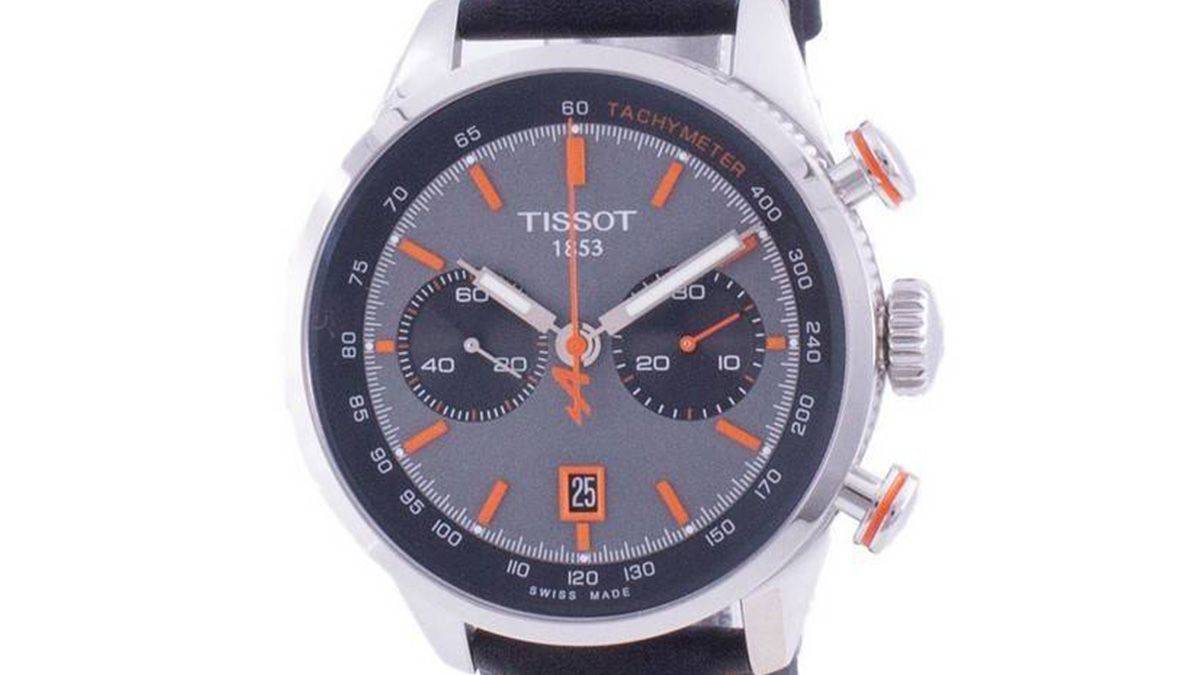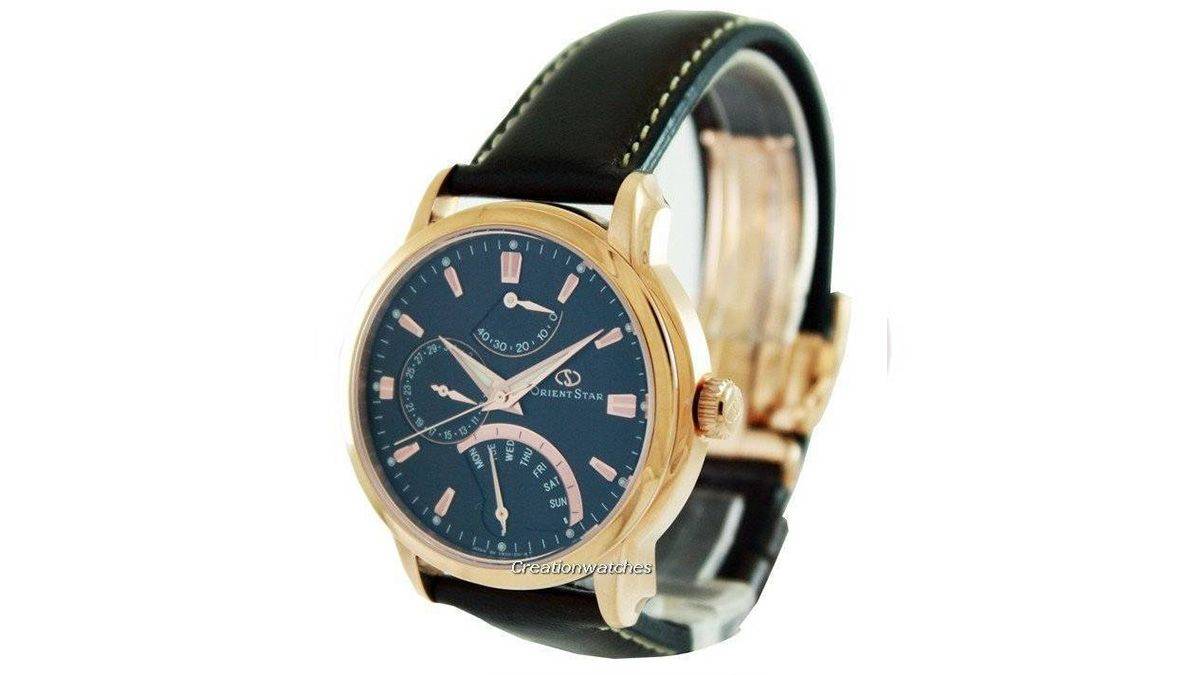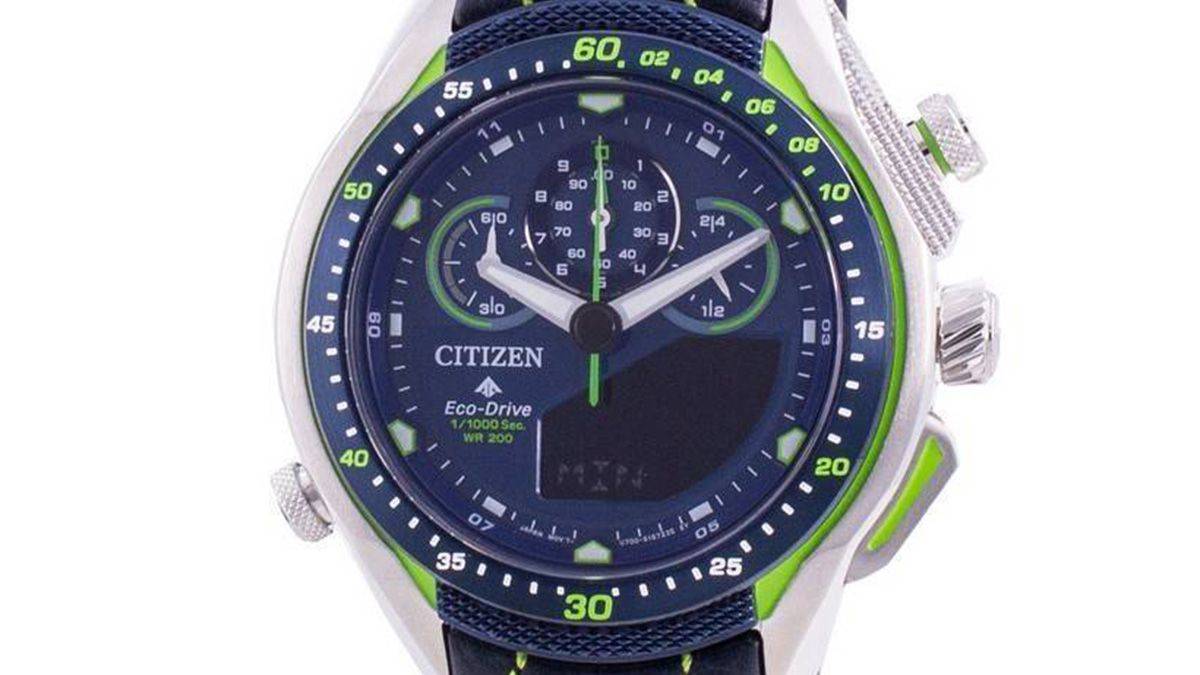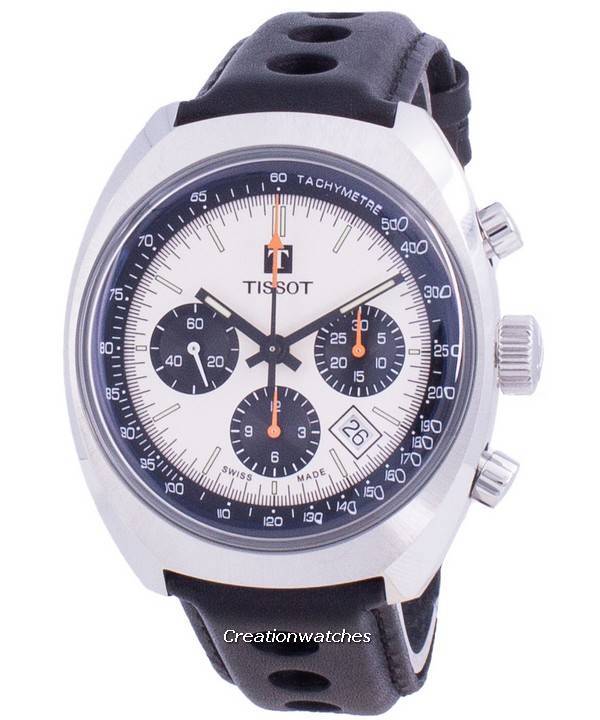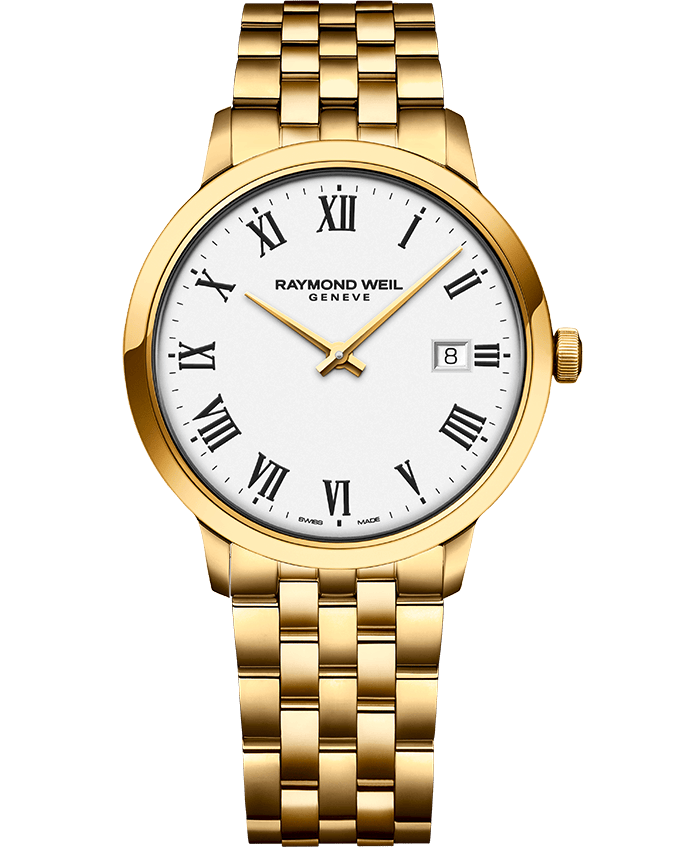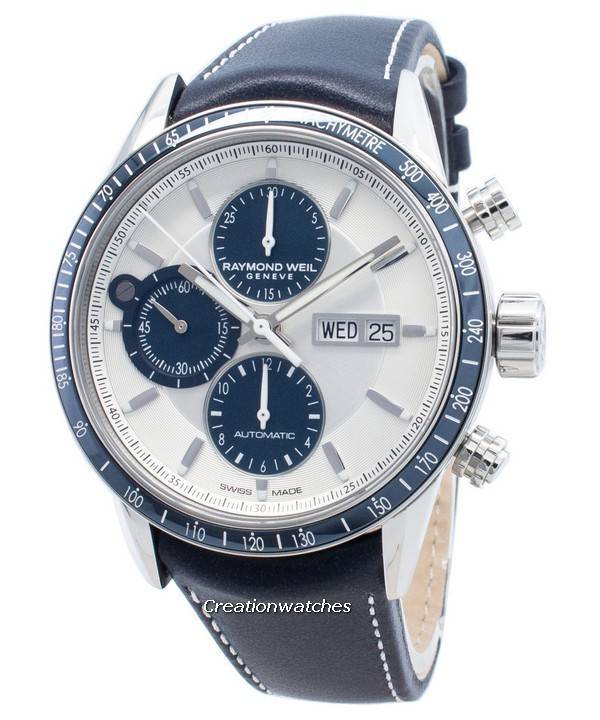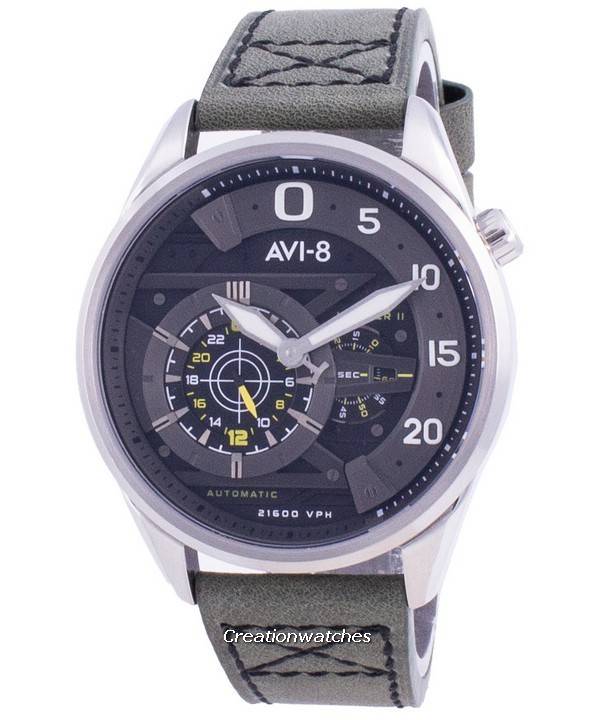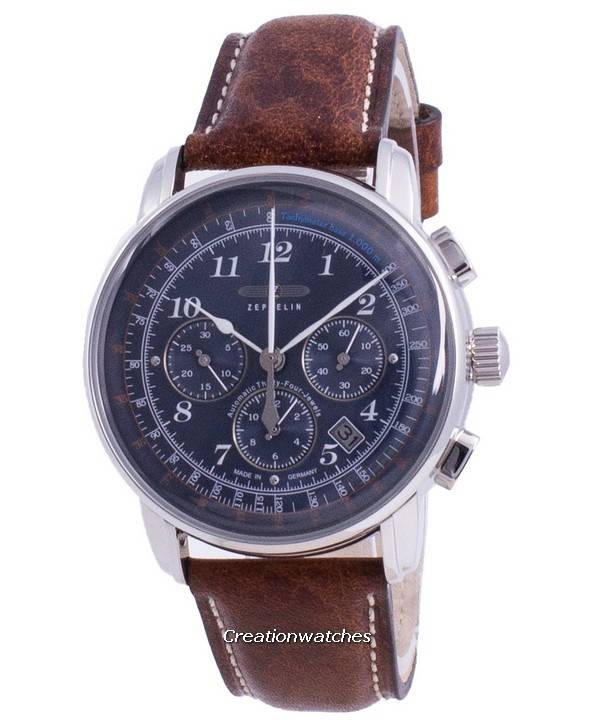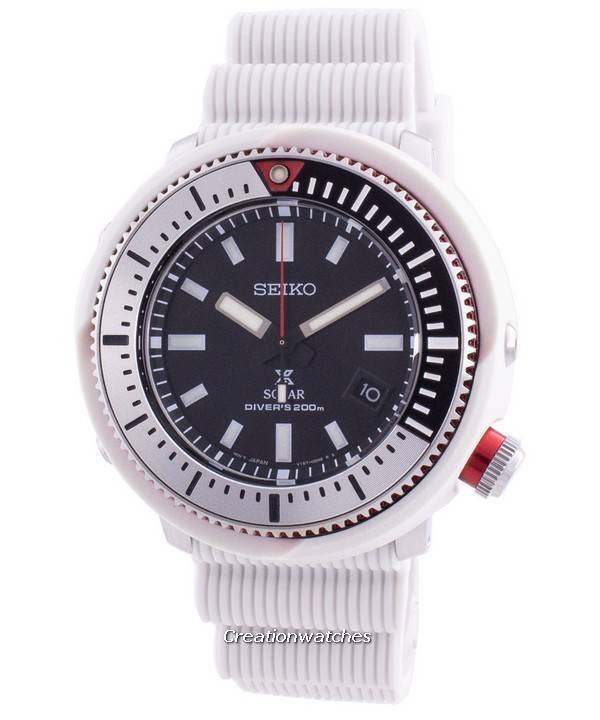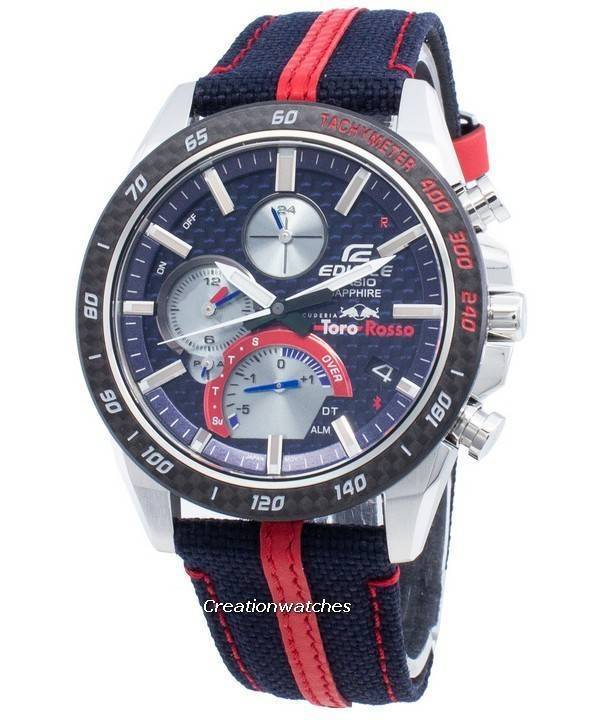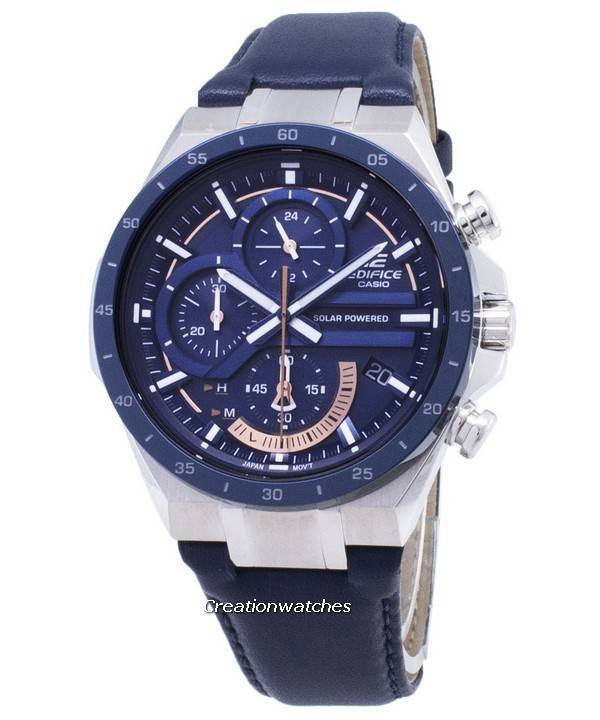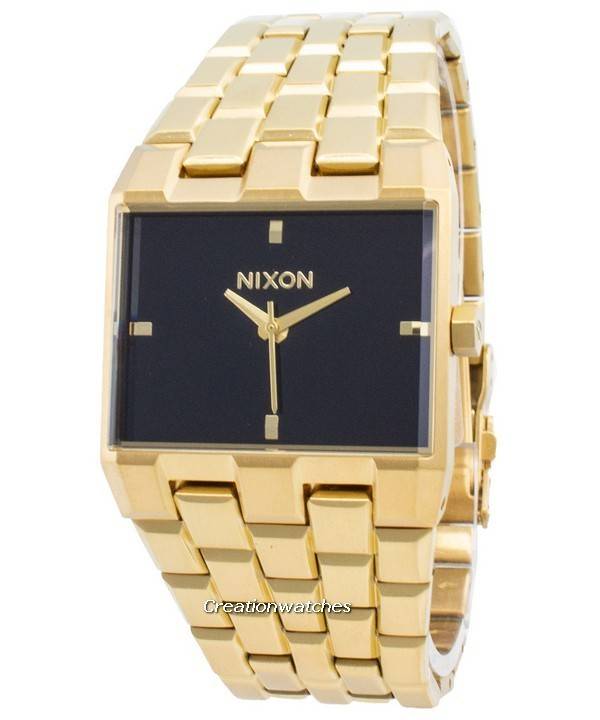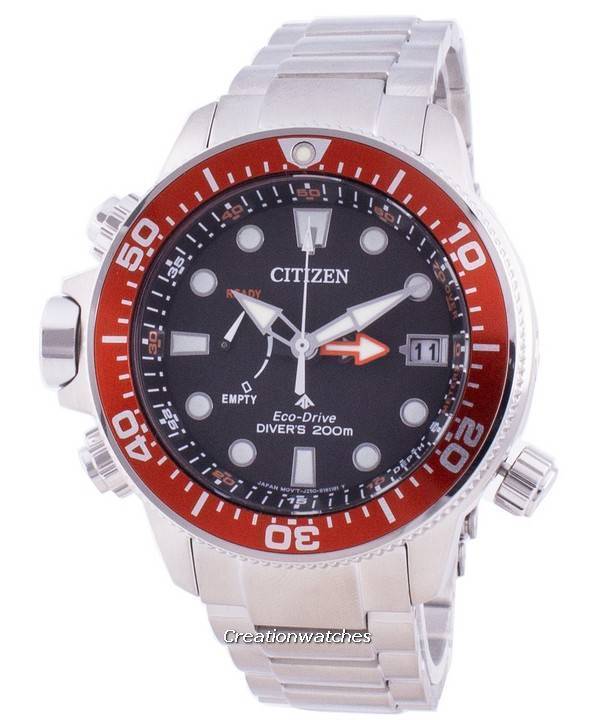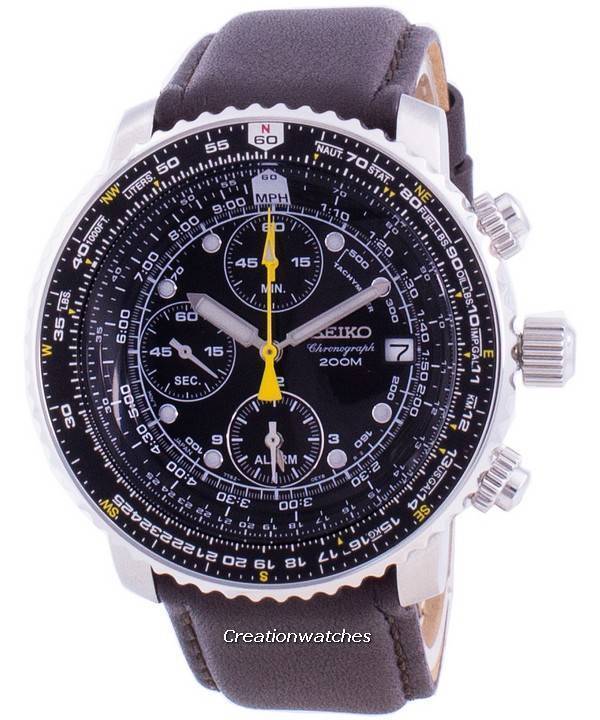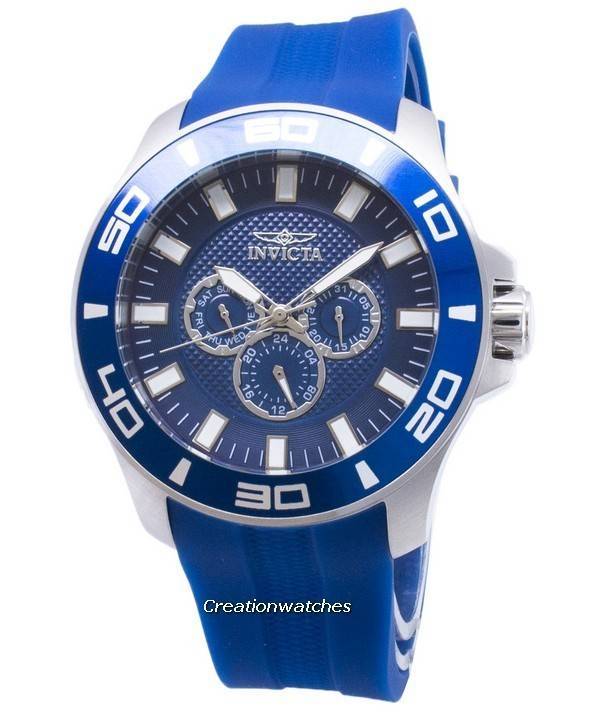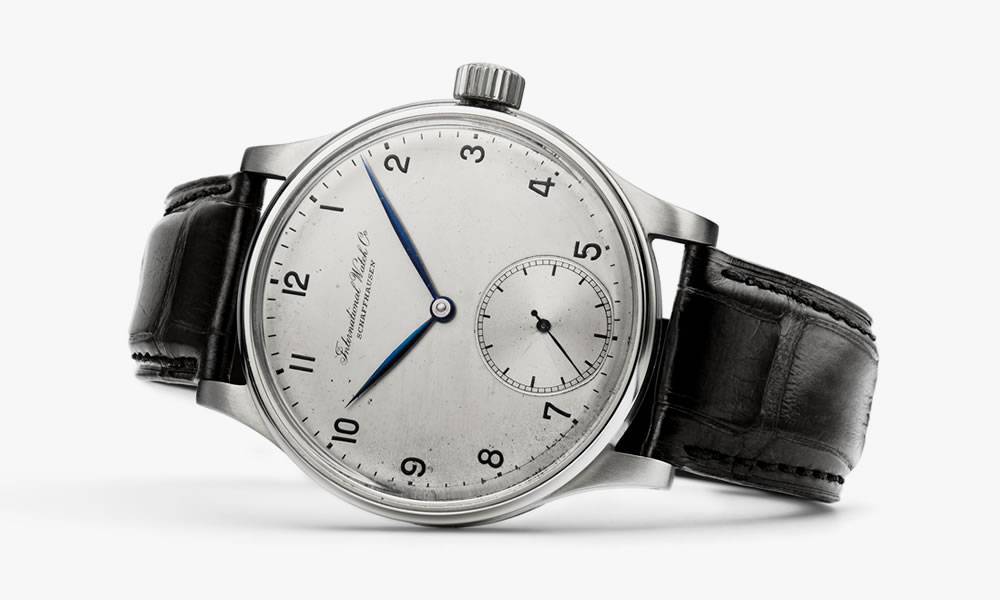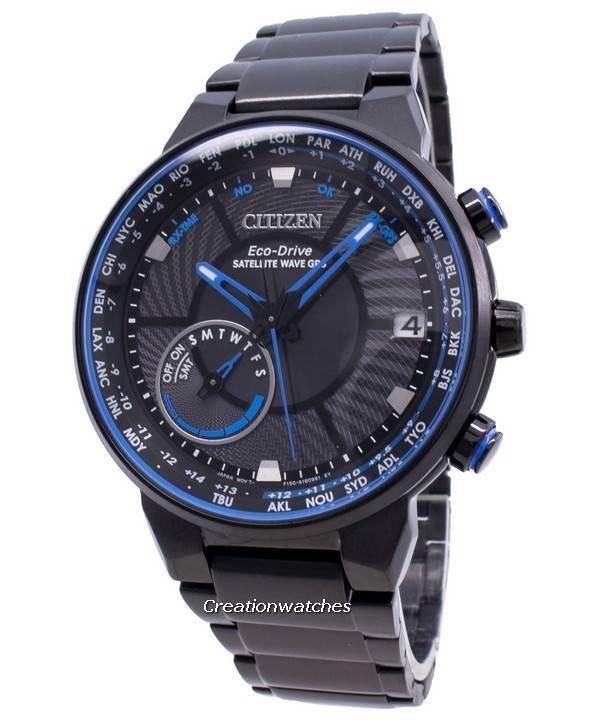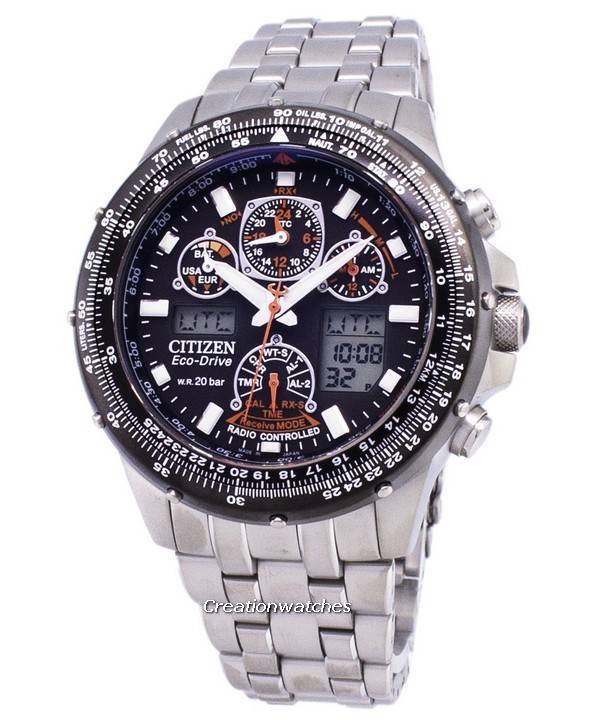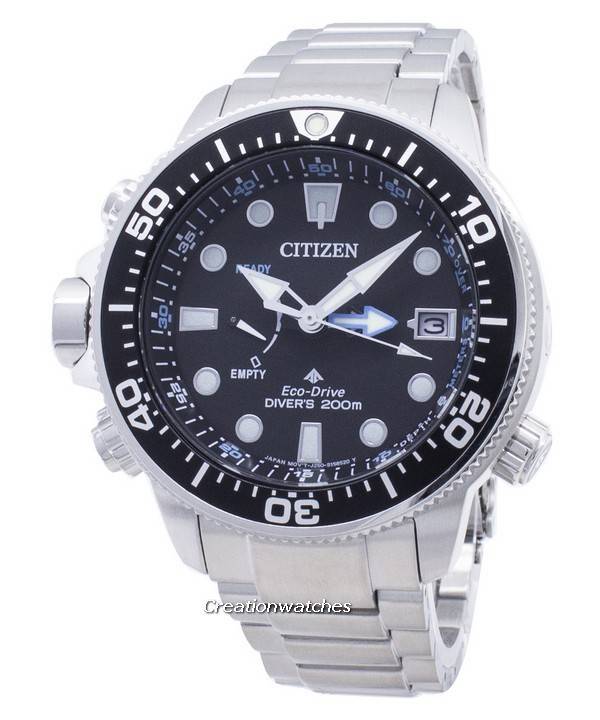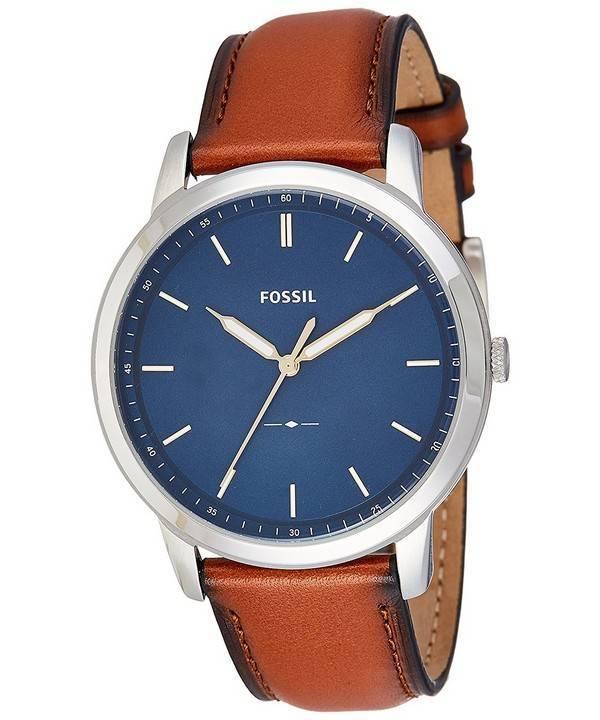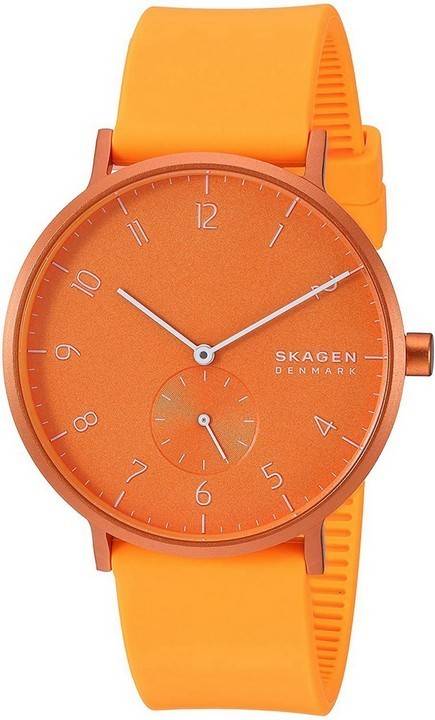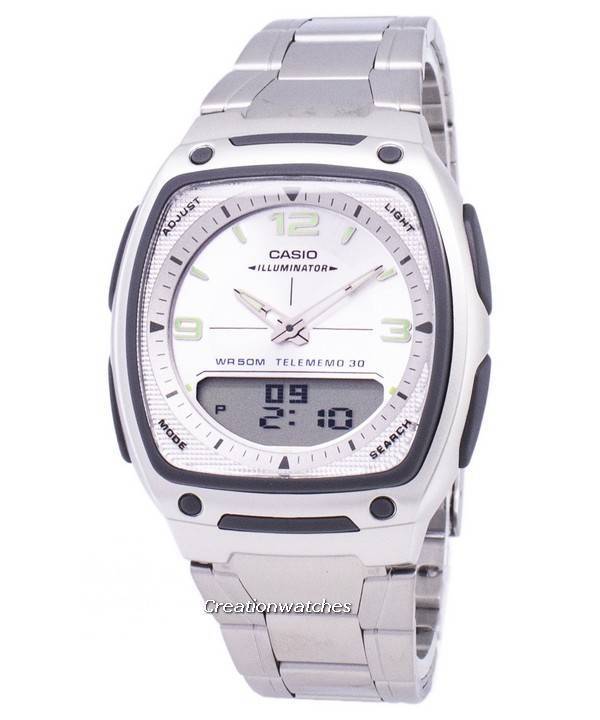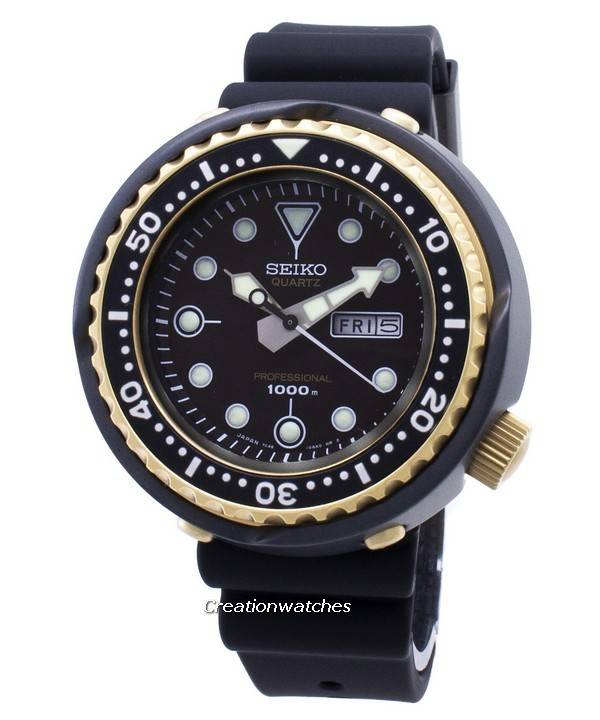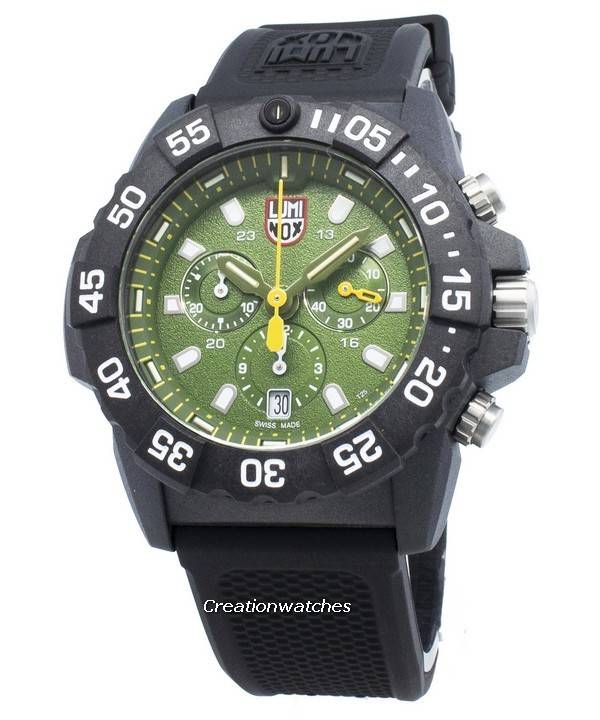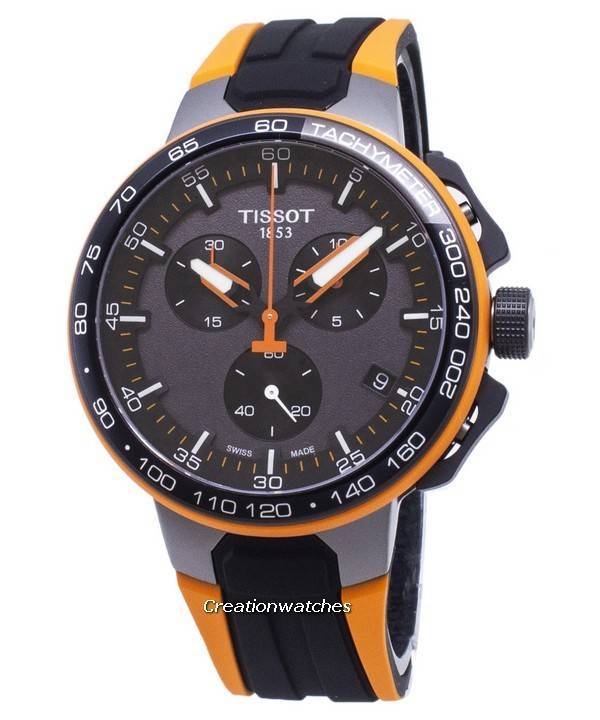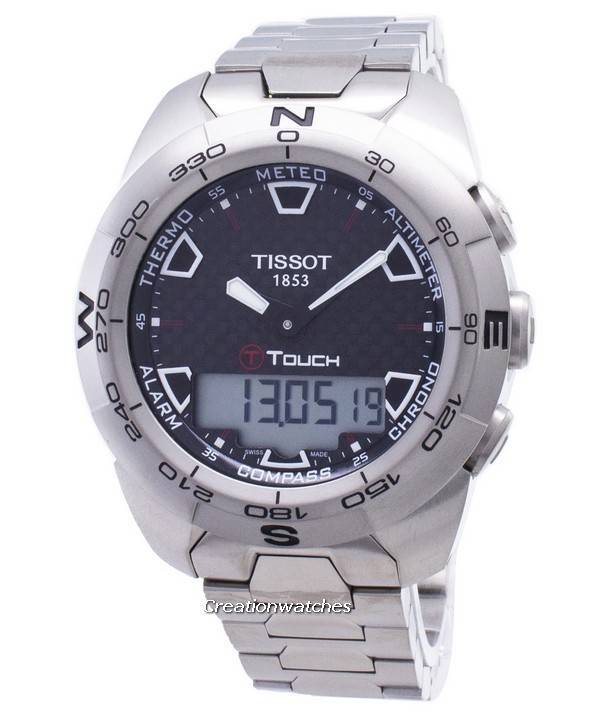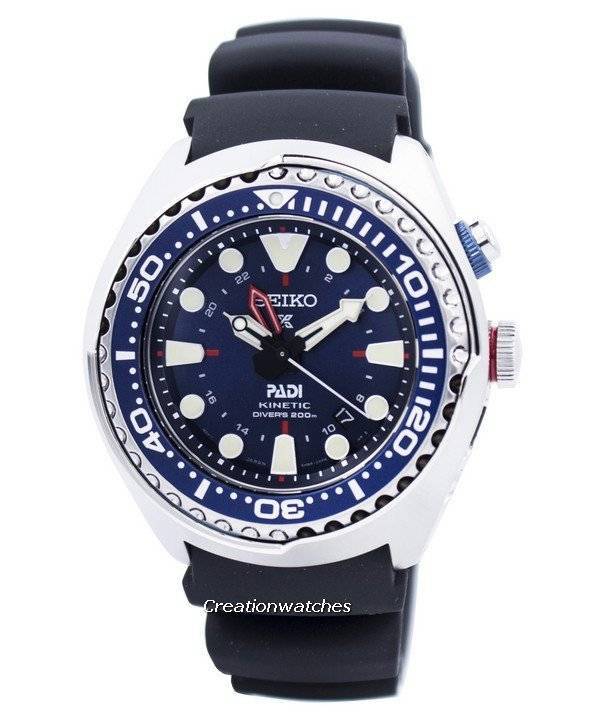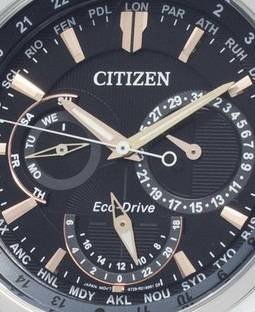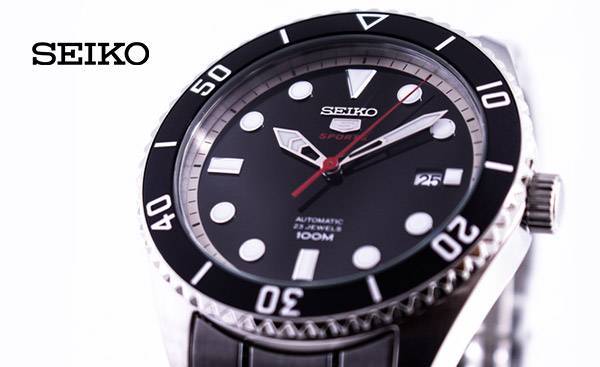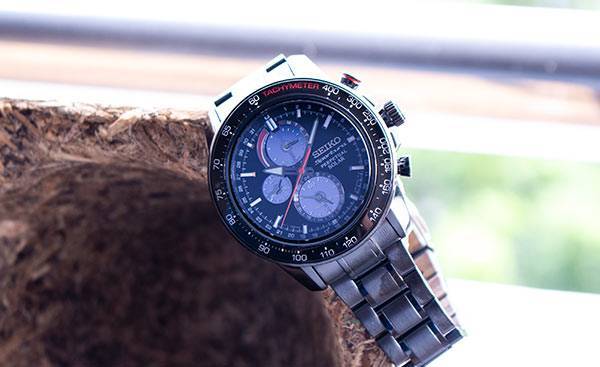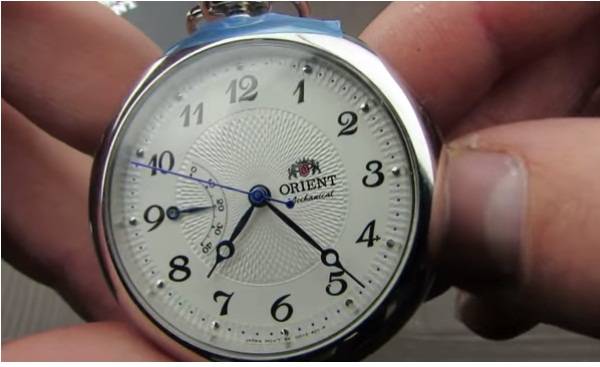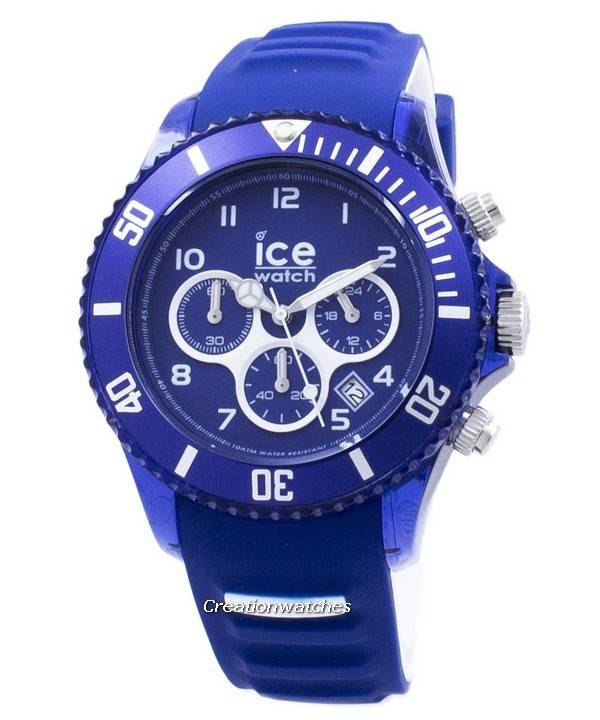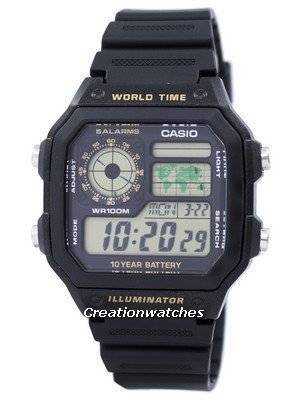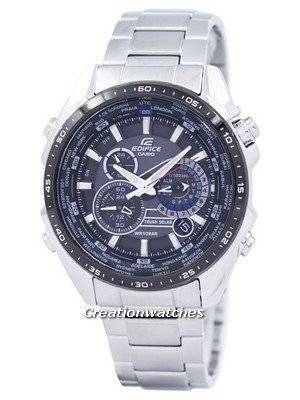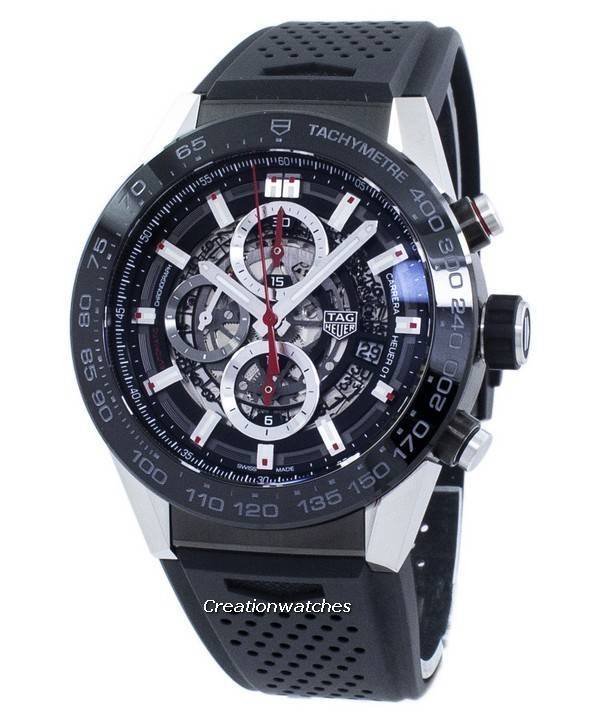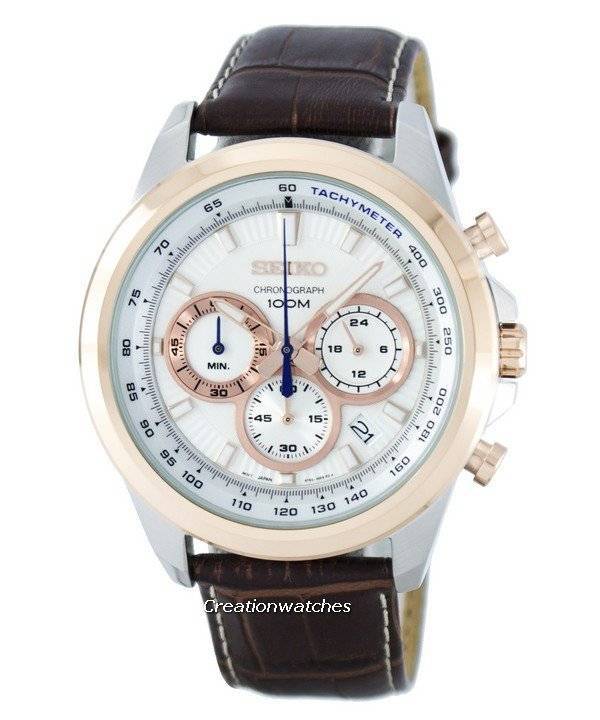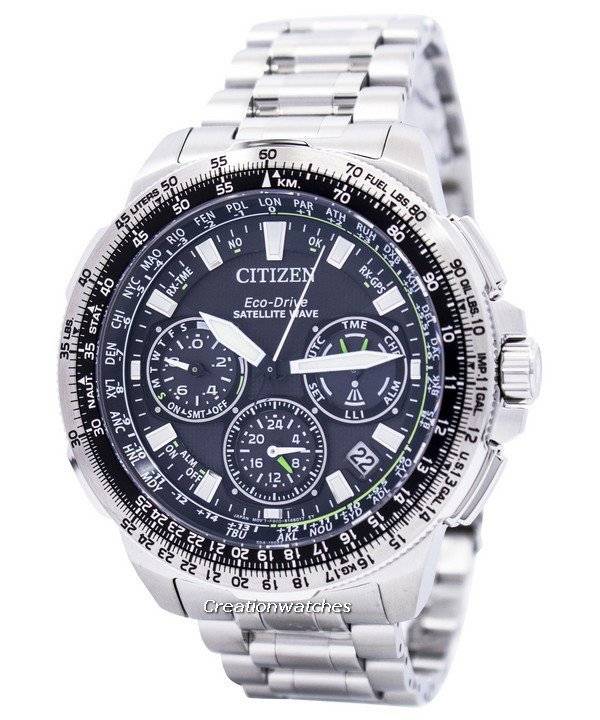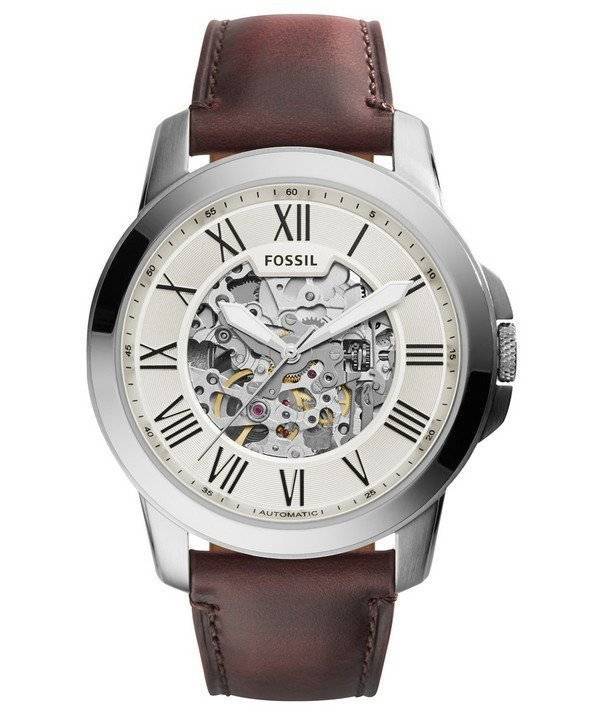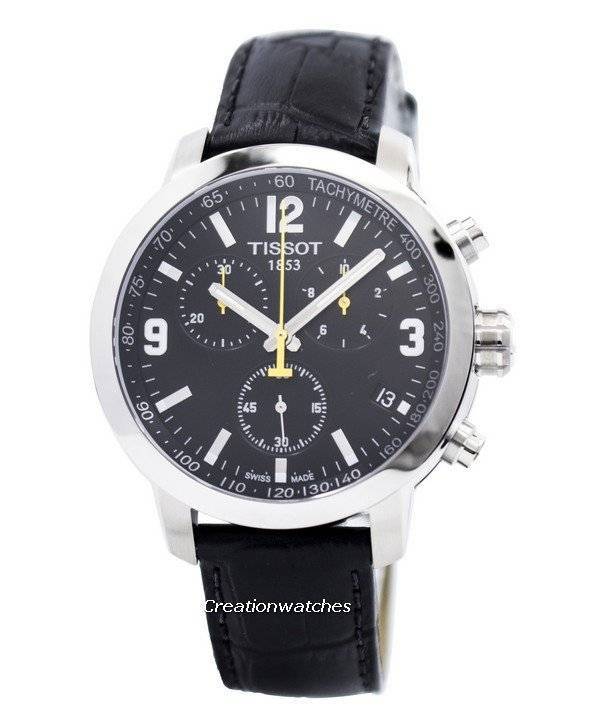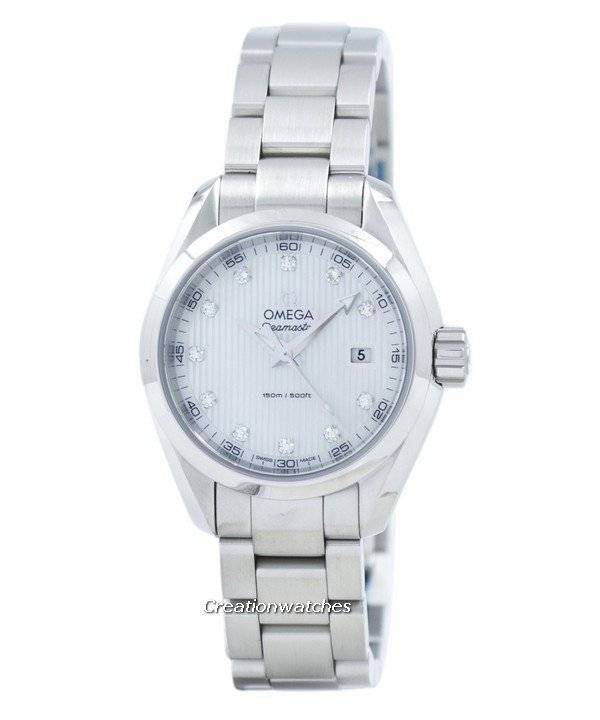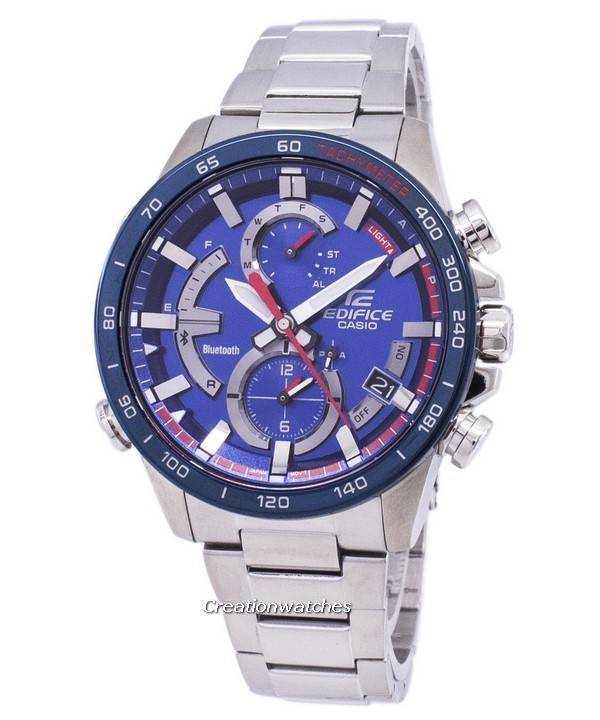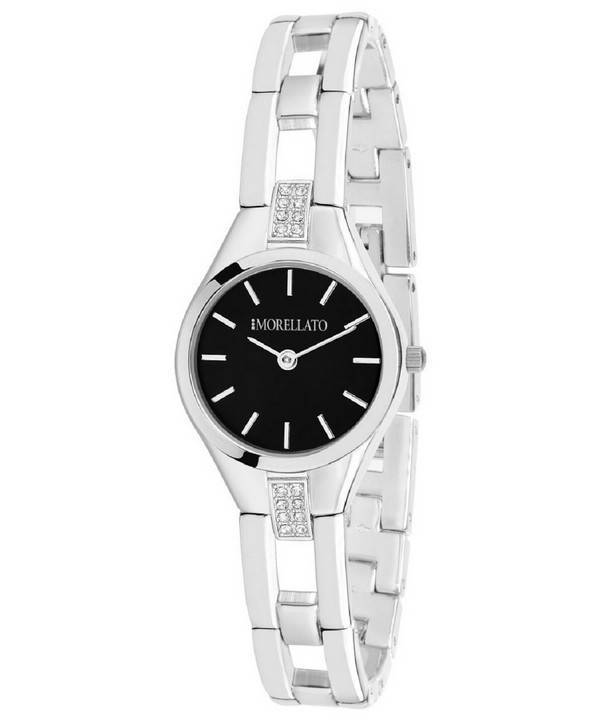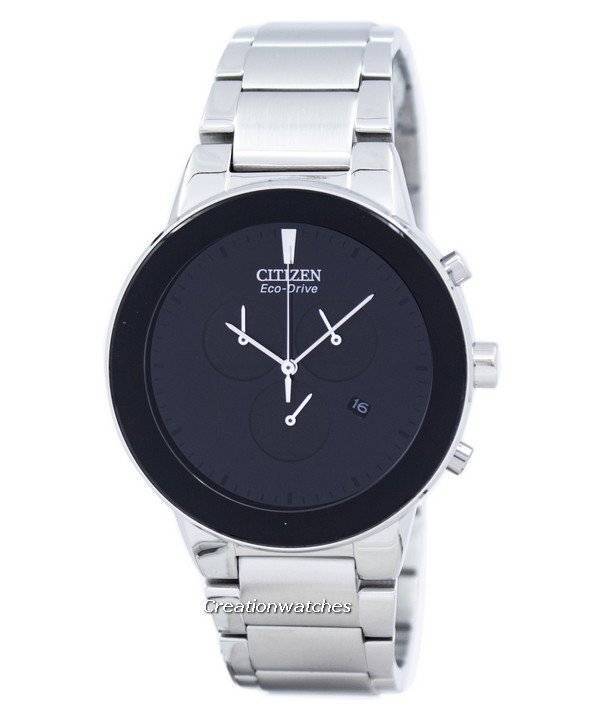The whole CW team turned very enthusiastic when this new calibre VK63 flew in with the new lot. We’ve heard bits and pieces ‘bout its novelty, energy-efficient, modular construction, but so far didn’t see how it manifests itself. IMHO, it manifests damn well. Inspired by 70’s sporty style, Seiko gives it a slight, modern twist on its sombre elegance.

The Seiko analog quartz story started in 1983. It made well-known Swiss brands (ETA, Ronda and ISA, most of all) focus on affordable quartz versions, but LeCoultre and Piguet focused on developing expensive, state-of-the-art, hybrid mechanical chronographs – the expensive leCoultre 630 and Piguet 1270. These had twin quartz tuning forks and step-motors and were dubbed mecaquartz (or mecha-quartz, as you prefer) but vanished when mechanical watches returned with full glory. Seiko decided to try it out and develop an energy-efficient, mecha-quartz mechanism using the JLC and Piguet principles. As a result, the J. Springs chronograph function is extremely accurate and smooth, with dedicated step-motors to drive the chronograph mechanisms individually. But used for 60 minutes a day, it reduces a-third from the total battery life of 3 years. Seiko also calls this calibre as the 6T63.
The VK63 was borne out of Seiko’s aim to create a newly different style of automatic movements to come out as bolder, finer accessories. Therefore, the dashing azure face and the bright gold accents; crown and pushers! Its hybrid mecha-quartz movement uses the quartz for regular timekeeping and a mechanical module for the chronograph. That’s a lot to contain within a 13.5 mm by 5.10mm module.
The Motor Sports Chronographs reflect the sports pedigree of the J-Springs Prestige Sports collection. They are made for the extremes, away from homely comforts. Smooth looks with a rugged build!
Peek inside and you’ll find levers, hammers and wheels doing their job. This is the reason why you get that crisp, mech-style snick from the chrono-pushers and not an abrupt, cheap click. The chrono has a smart take-off and procedds in 1/5th seconds increments. There’s no difference with a mechanical chronograph.
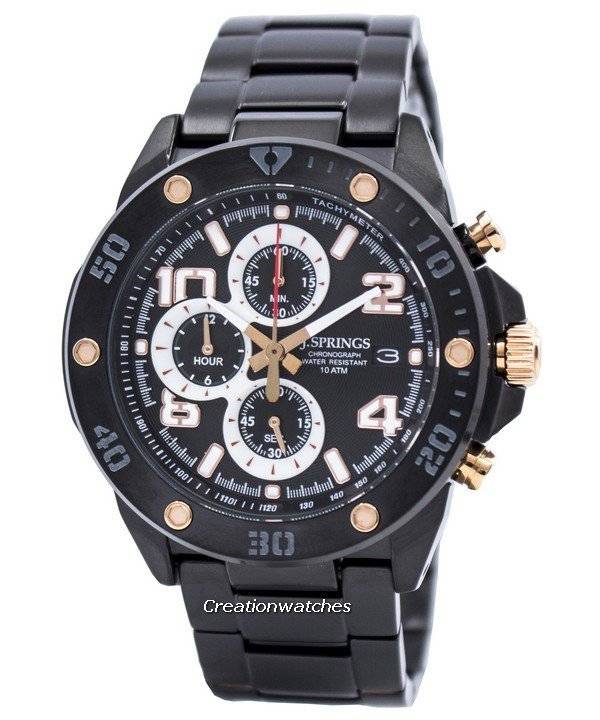 The VK series movements (including the Tokyo Style Chronographs) have the small running seconds always at 6 o’clock, but the 63 varies otherwise from the 67. The 60-minute counter@9 and the 24-hour@3 are typically 63 while the 67 moves the chronograph’s minute-measure counter at 12 and the 12-hour recorder at 9. For the VK83, the 20-minutes chronograph sub-dial is at 9 while the 24 hour hand is at 3.
The VK series movements (including the Tokyo Style Chronographs) have the small running seconds always at 6 o’clock, but the 63 varies otherwise from the 67. The 60-minute counter@9 and the 24-hour@3 are typically 63 while the 67 moves the chronograph’s minute-measure counter at 12 and the 12-hour recorder at 9. For the VK83, the 20-minutes chronograph sub-dial is at 9 while the 24 hour hand is at 3.
So, what’s the big thing about it apart from Seiko introducing a whole new concept? Nothing else than the VK movements have opened a whole new range of interesting J. Springs models. Stay tuned, there are more to follow!
Watch(es) mentioned in this post are listed below. Click to see details and buy them:
- https://www.creationwatches.com/products/j-springs-watches-371/j-springs-by-seiko-motor-sports-chronograph-100m-bfj004-mens-watch-9193.html
- https://www.creationwatches.com/products/j-springs-watches-371/j-springs-by-seiko-motor-sports-chronograph-100m-bfj003-mens-watch-9192.html
- https://www.creationwatches.com/products/j-springs-watches-371/j-springs-by-seiko-tokyo-style-chronograph-quartz-100m-bfh007-mens-watch-9191.html

















